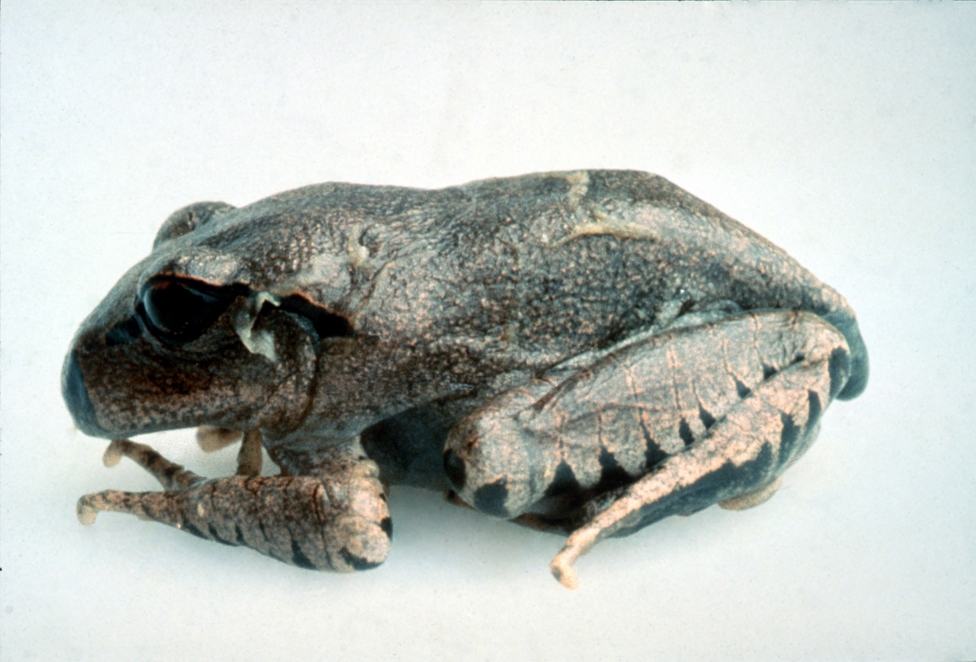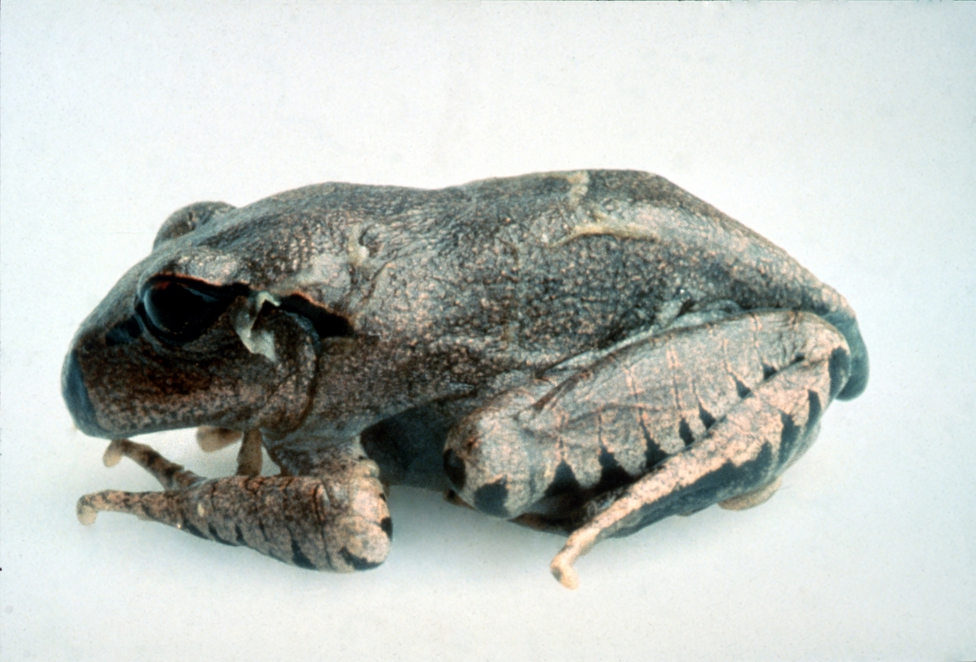
Chytridiomycosis: A Devastating Threat to Frogs
Chytridiomycosis, the most devastating disease ever to affect vertebrates, is moving fast. As a doomsday disease affecting amphibians, it often begins when a microscopic zoospore, propelled by a curved whip tail, collides with the skin of a frog. From there it penetrates the tissue and through a complex process spreads the infection and produces new zoospores.
The disease tends to affect the keratin-producing skin on the frog’s groin and legs and disrupts the amphibian’s normal water and electrolyte regulation. Like humans, frogs use sodium and potassium to drive electrical processes, including those in the heart. Here’s what we know about the disease.
Chytridiomycosis in frogs
As the disease tears through the skin of a frogoutward symptoms begin to appear. He may stop eating and act strangely, reversing his normal night (or day) cycle and holding his body in an incorrect position. The skin may turn red or gray and start to peel. Severe depression may occur, according to the Australian governmentalong with convulsions.
No one knows for sure how chytridiomycosis kills the frogs, but theories point to severe water and electrolyte imbalances leading to heart attacks. The disease hits hard and fast, leaving behind bodies that decompose quickly, making tracking difficult. Yet scientists can say the disease has been ravaging amphibian populations in the Americas, Africa and Australia for decades.
Why it affected some parts of the world more than others, scientists still don’t know. A related fungal species that infects salamanders and newts also affects Europe and Asia, where it originated.
Read more: How the frog-killing fungus does its dirty work
Devastating effects of Chytrid fungi
Chytridiomycosis has caused the decline or extinction of more than 200 amphibian species and affected more than 350, according to Cornell Wildlife Health Lab. For reasons that are not fully understood, some species are immune to the fungus or highly resistant. These include the American bullfrog and the African clawed frog, which can act as carriers.
The International Union for Conservation of Nature estimates that 41 percent of the world’s amphibian species are now threatened with extinction.
The organization called chytridiomycosis “the worst infectious disease ever recorded among vertebrates in terms of the number of species affected and its propensity to drive them to extinction.”
What can be done for chytridiomycosis?
Scientists are working to understand why some species are resistant, in hopes of finding protection. According to Amphibian Coffin organization, immune frogs could benefit from having symbiotic bacteria on their skin, something to block zoospores. Other frogs can produce a substance in their poison glands that kills the chytrid fungus.
It seems to prefer cool temperatures and needs moisture to spread, making dry areas inhospitable. According to a recent study, the fungus now affects most of Africa and has largely spared North Africa, home to three different deserts. The study found that the chytrid lived on the continent before 2000 and then came out after the millennium and multiplied significantly.
Experts say: Don’t move frogs or other amphibians from one habitat to another, and wash your boots when you leave a water area. Scientists are still unsure whether shoes or other wet equipment can transmit the fungus.
Human defense against Chytrid fungal infection
Chytrid has never infected a human, and our bodies are adept at fending off fungal invaders anyway, according to Yale School of Medicine.
While we are outside, we are inundated with fungal spores. But our immune system protects us, along with our body temperature, which is usually too high to host fungus.
Infections only become more likely when a person has a compromised immune system.
Read more: What is slime mold?

